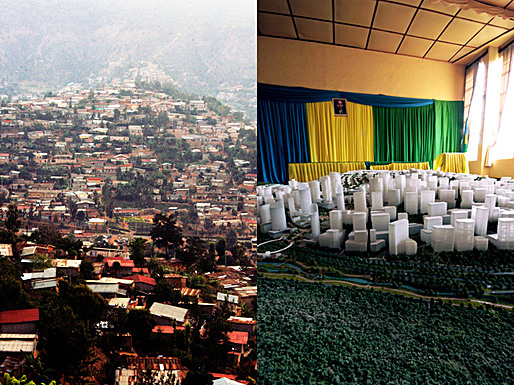In the realm of social philanthropy, Stanford Social Innovation Review casts a spotlight on the intricate web of perspectives that define the field. The fervent belief in influencing global dynamics from the grassroots clashes with the counterargument that philanthropy itself might perpetuate the very issues it aims to solve. Is there a middle ground? Kavita Ramdas advocates for a critical evaluation of the dominant development model, while the contrasting views of Matthew Bishop and Michael Green lean towards optimism about the transformative power of philanthrocapitalism. The question lingers: Can actions match intentions in reshaping the seemingly inert majority?
Table of Contents
ToggleKavita Ramdas: Challenging the Status Quo
According to Ramdas, social change philanthropy should be gauged by its ability to question prevailing development models, identify root causes of inequality, and undergo self-reflection. Only through this process, she argues, can philanthropy become a catalyst for genuine social change. However, she expresses concern that global philanthrocapitalism is entwined in the current economic and political status quo, hindering investments that could truly disrupt the system. Despite this, she finds solace in the rise of citizen-led social justice movements globally, challenging philanthrocapitalism and unequal global systems.
Bishop & Green: Philanthrocapitalism as a Positive Force
Bishop and Green counter this narrative, dismissing blame-game rhetoric and emphasizing the vital role of philanthrocapitalists in addressing global challenges. They argue that the world faces complex issues without a master plan, and philanthrocapitalism plays a crucial role in navigating this chaos. Asserting that philanthrocapitalism is a powerful force shaping our world, they stress the need for a nuanced debate on the effectiveness and legitimacy of actions taken by the wealthy. Their perspective challenges conventional dichotomies, advocating for a pragmatic examination of real issues.
The Crossroads: Awaiting the Verdict of Time
As these contrasting views unfold, the question remains: Is there a middle way in social philanthropy? Kavita Ramdas urges a critical examination and transformative approach, while Bishop and Green champion philanthrocapitalism as a driving force for positive change. The verdict, however, rests in the hands of time, as actions and their consequences unravel in a world grappling with the complexities of social transformation.





